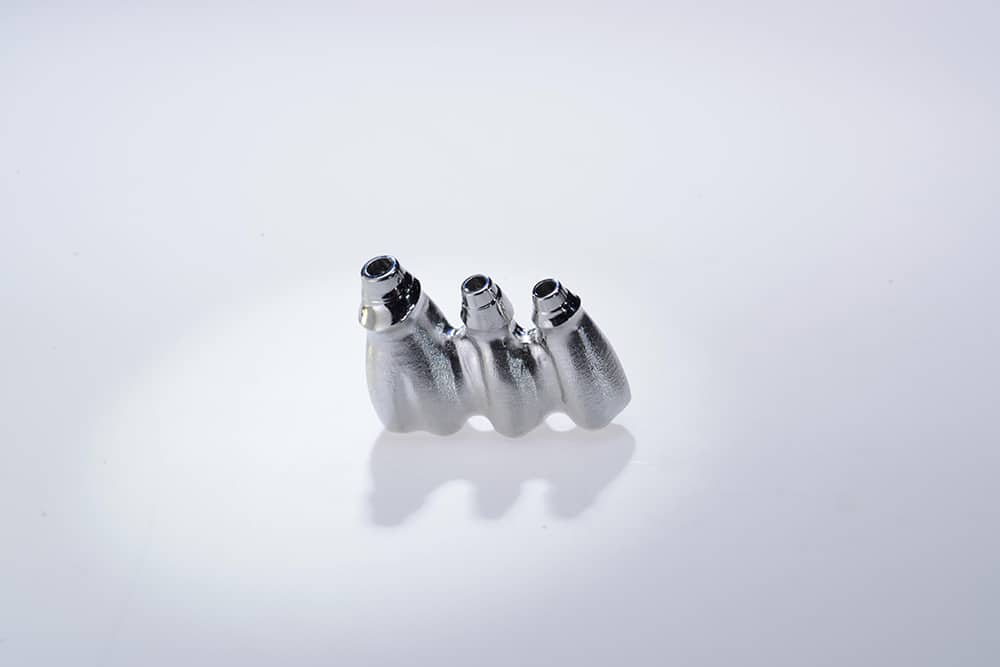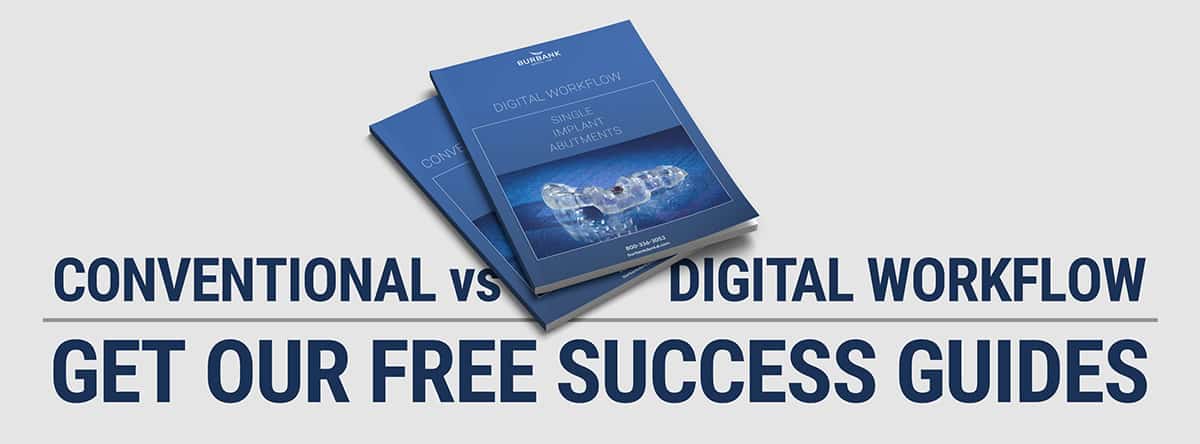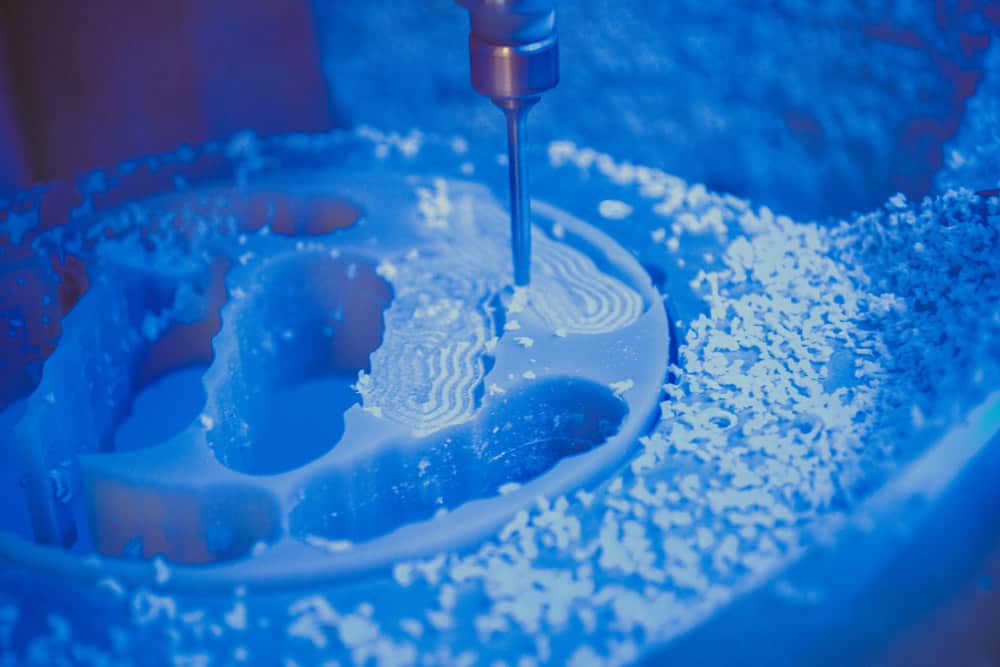The case for ZIRMAX ME monolithic zirconia. Burbank Dental Lab show function and artistry optimized with ZIRMAX ME, a translucent zirconia.
Read MoreUsing ZIRMAX M for Full Mouth Rehabilitation
Teeth experience gradual wear on the occlusal surfaces throughout life. This can be from erosion, abrasion, or attrition. Severe cases can result in worn, cracked, or broken dentition, compromising esthetics
Read MoreTransforming Dental Aesthetics: Zirconia Restorations in Dentistry
Among the diverse array of dental restorative materials, Zirconia has emerged as a forerunner. With its exceptional mechanical properties and aesthetic appeal, Zirconia is a game changer in prosthodontics, effectively
Read MoreIndirect Composite: An Excellent Dental Restoration Option
Advances in indirect composite materials have led to improvements in dental restorations making them a popular choice with dentists.
Read MoreDental Implants: SMART 1 Dental Implant Options
According to the American Academy of Implant Dentistry, over 30 million people have missing teeth in one or both arches. More than 69 percent of adults aged 35 to 44
Read MoreFull Mouth Rehabilitation: Strategies for Success
Partial dentures are one of the treatment modalities that are underused in today’s dentistry despite being a good choice for many patients.
Read MoreAre PFMs Still a Viable Treatment? Zirconia vs. PFM
Monolithic Zirconia restorations like ZIRMAX M by Burbank Dental Lab are among the most widely prescribed restorations and have been for more than a decade. Prior to the emergence of
Read MoreRevolutionizing Prosthetic Dentistry: The Benefits of Digital Denture Workflows
The benefits of a digital denture workflow approach utilizes digital scanning, computer-aided design, 3D printing or milling for a streamlined, precise, and predictable process.
Read MoreSorry, no articles were found.









